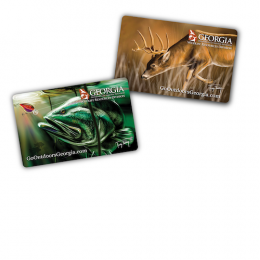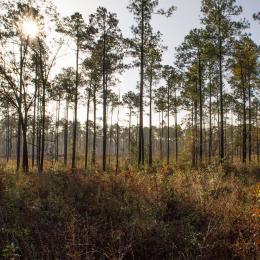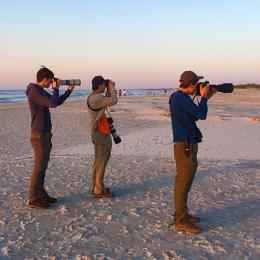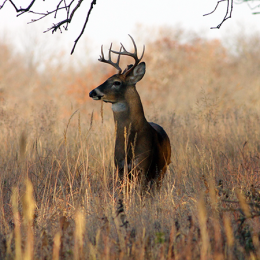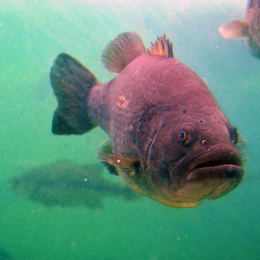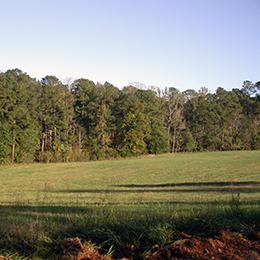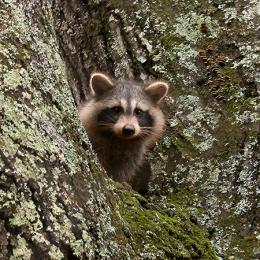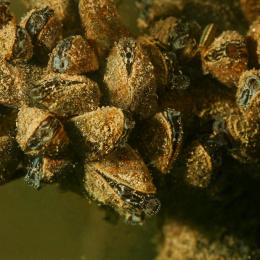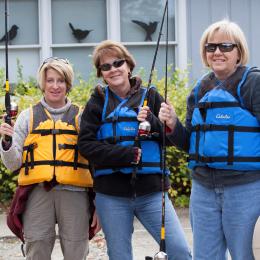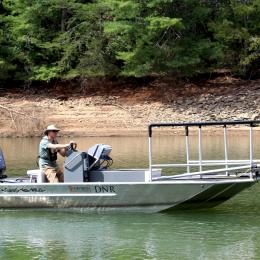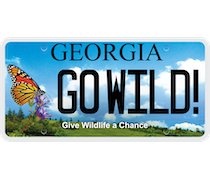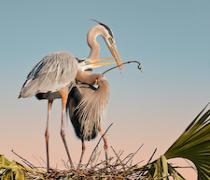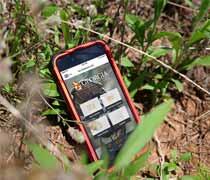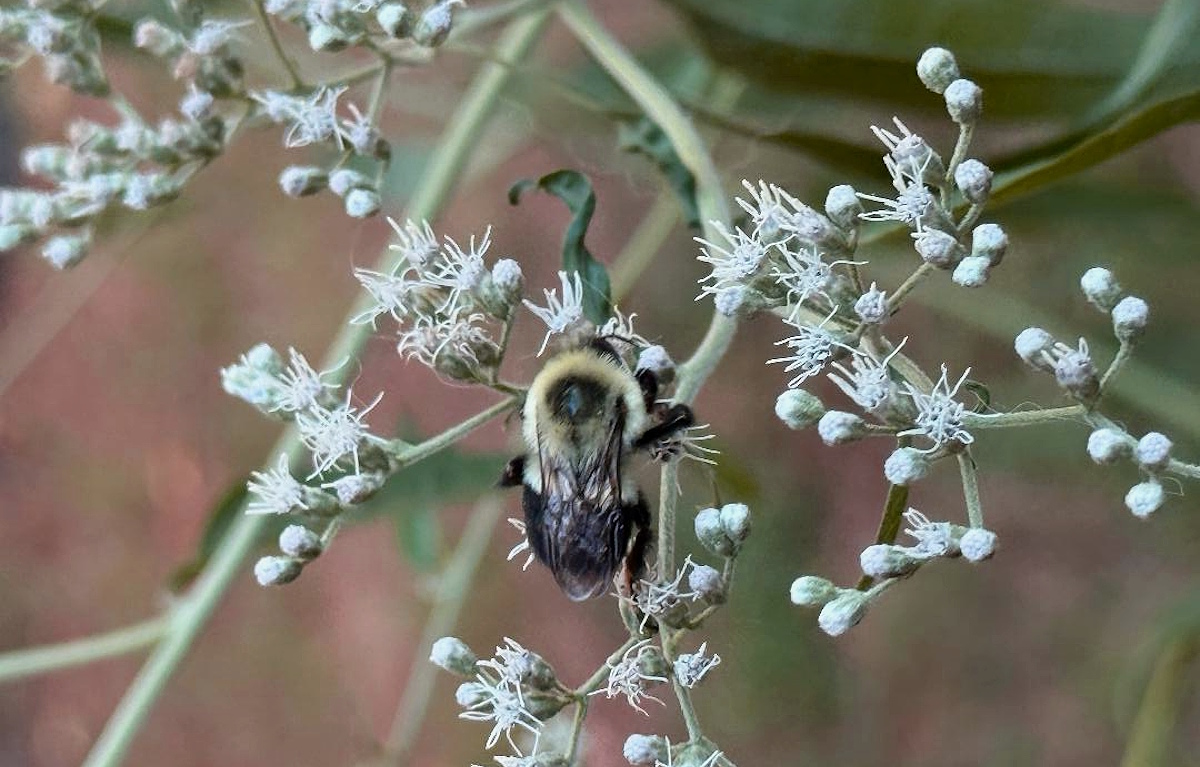
Bumblebee on boneset (Angela Dupree)
By Terry W. Johnson
One of our most important native pollinator plants is now in full bloom. Although it is growing in plain sight, too often those of us trying to enhance our backyards for pollinators are not familiar with this perennial wildflower. The plant is late boneset (Eupatorium serotinun). The fact that it’s not well known is unfortunate because late boneset is easy to grow and is a great source of pollen and nectar for bees, butterflies and many other pollinators.
For thousands of years, late boneset has played a role in the lives of humans. Native Americans named the plant feverwort or the sweating plant. The first European colonists quickly learned of the plant’s medicinal value. Consequently, as late as the 19th century, boneset was used to help heal broken bones, reduce fever and treat diseases such as “breakbone fever.” During the Civil War, throughout the South – with medicine often scarce – concoctions containing boneset were often used treat wounds and ailments. Boneset remained a popular herbal medicine throughout much of the 19th century, but its use waned in the early 20th century when aspirin became readily available.
Nowadays, medical experts warn against using boneset-based herbal medicines, noting they can cause a number of problems including liver damage. Some people also experience mild skin irritation when they touch the plant’s foliage.
We now know that boneset is an important source of pollen and nectar from late summer into fall. This is critical since many of the flowering plants that produce nectar and pollen throughout the summer no longer do so at that time of the year.
Throughout much of the growing season, boneset can be easily overlooked since to many it looks like just another weed. Then, when a bounty of stunning white blooms appears, the plant seems to magically appear out of nowhere.
Late boneset grows 3-6 feet tall and bears a profusion of white flowers that are impossible to ignore. In fact, I was one of those folks that overlooked late boneset. That changed early one day in autumn as I was slowly driving a country road looking for butterflies. When I spotted a patch of large boneset plants in full bloom, I quickly stopped my truck in order to get a closer look. I was pleasantly surprised to see that the flowers were attended by several species of butterflies, including a couple of monarchs, a colorful ailanthus webworm moth and a number of wasps and beetles. I immediately knew I had to learn more about these special plants.
What I learned was that late boneset is a host for clymene, three-lined and other moths. In addition, what truly makes boneset special is that its value as a great source of nectar for scores of pollinators has too often been underestimated.
The list of pollinators that dine at boneset blooms is long and varied. The many homeowners who are doing all they can to provide food and host plants will find it comforting to know that migrating monarchs visit these plants to refuel before heading south. Other regular visitors include wasps, the eastern common and other bumblebees, native bees, honeybees, skippers and other butterflies, and moths. Even hummingbirds dine on the nectar found in the plants’ small, white blossoms. I would not be surprised if hummers also feed on the small insects drawn to the boneset’s lightly fragrant blooms.
Boneset’s importance as a wildlife plant does not end when its flowers wither and die. To the contrary, its tiny seeds are gobbled up by sparrows, juncos and even American goldfinches. Much to gardeners’ delight, white-tailed deer and rabbits typically shy from nibbling on the boneset’s stems, flowers or foliage.
Once you know what you are looking for, you will find late boneset growing on road shoulders that are not mowed or treated with herbicides, along fence lines, in pastures, old fields and woodland openings, and on the shorelines of ponds and streams.
Fortunately for us, late boneset can be easily grown in backyards. This summer, my daughter’s experience with the plant shows just how easy. Earlier this year while mowing her backyard, she happened to notice a small (6-inch) broadleaf plant growing in her lawn. Since she was unsure what this invader was, she mowed around it. After she finished mowing, she dug up the plant and transplanted it in a large container on her deck. Throughout the summer as the plant continued to grow, she wondered if it would ever bloom. A couple of weeks ago her patience was rewarded when it produced abundant clumps of tiny white flowers.
Late boneset will grow in medium to wet soils; however, the plants seem to do particularly well in wet soil types. It does not require fertilizer. It is, however, a good idea to cut the stems back in early spring. If you do, the plants will be bushier.
Boneset is an ideal plant to establish in natural areas, along the unmown borders of your yard or in a native wildflower garden. The clump-forming perennial can be propagated by seeds or by dividing its rhizomes. As a rule, the plant is more difficult to establish from seed. Boneset can also be bought at nurseries that sell native plants. The plant does best in sites that have either partial shade or full sun.
If you are not familiar with late boneset, since it is blooming right now there is no better time to make its acquaintance. Once you see it in full bloom and all of the pollinators visiting the clumps of white blooms, I suspect you will want it growing in your yard. There is also a good chance that you – like me –will lament that it took so long to appreciate this beautiful late-season bloomer.
Terry W. Johnson is a retired Georgia DNR program manager and executive director of The Environmental Resources Network, or TERN, the friends group of DNR’s Wildlife Conservation Section. Check out past columns, his Backyard Wildlife Connection blog and his book “A Journey of Discovery: Monroe County Outdoors.” Permission is required to reprint a column.






